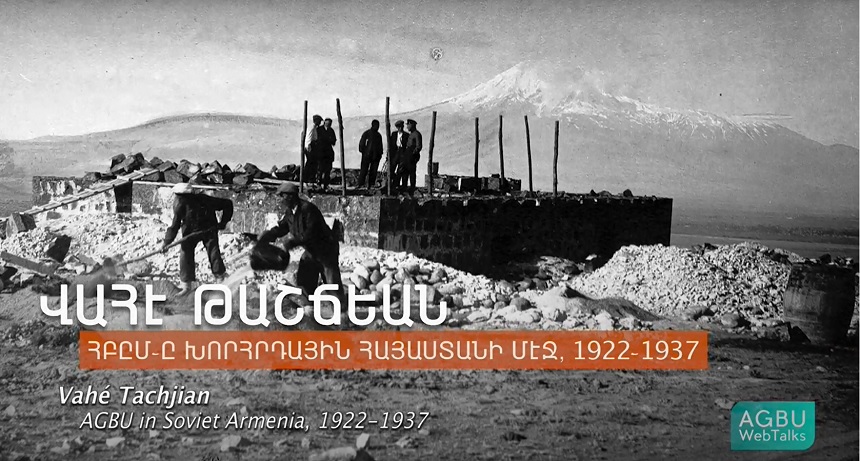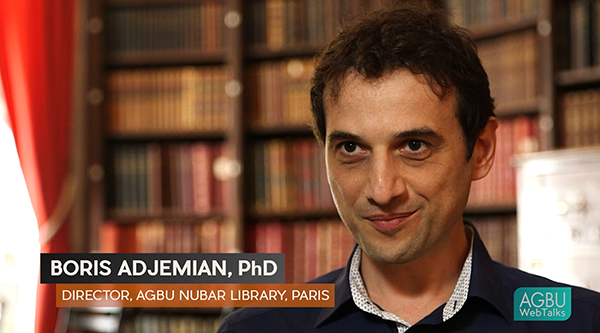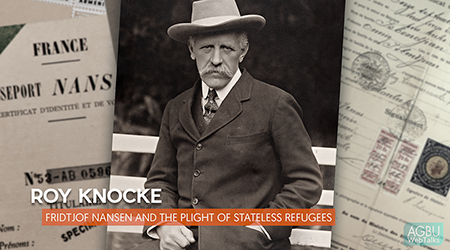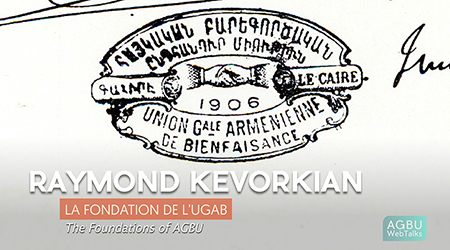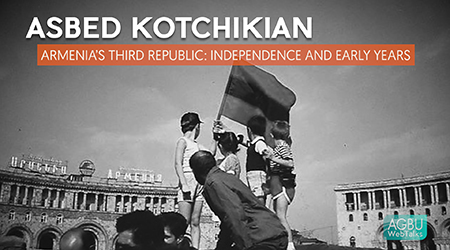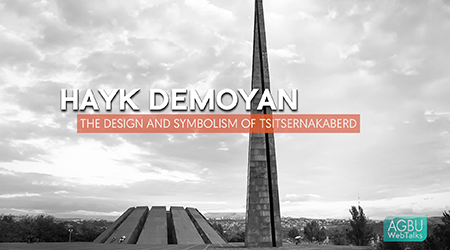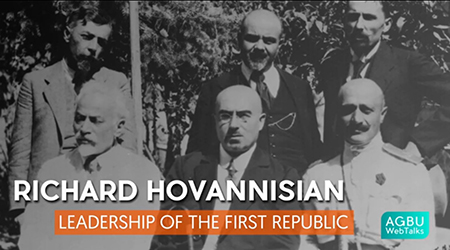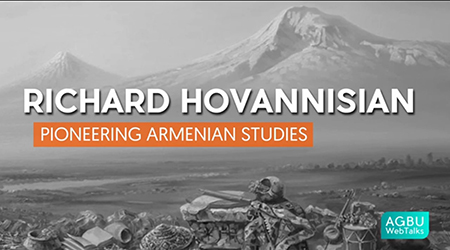WebTalks
AGBU in Soviet Armenia, 1922-1937
Vahé Tachjian
Dr. Tachjian describes AGBU's rebuilding and resettlement efforts in early Soviet Armenia.

AGBU in Soviet Armenia, 1922-1937
In the wake of the Armenian Genocide, tens of thousands of deportees and orphans remained scattered in refugee camps all across the Middle East. For AGBU, the newly formed Soviet Armenian Republic held the promise of a homeland—a place where the Armenian people could at last live securely as a nation and maintain their culture and identity. With this in mind, over the course of fifteen years from 1922-1937, AGBU concentrated its resources and efforts on reconstruction and resettlement projects in Soviet Armenia. Historian Vahé Tachjian describes the nature of these activities—most notably the construction of the Nubarashen settlement in Yerevan—and the triumphs and challenges of those early years.

Dr. Boris Adjemian, Director of the AGBU Nubar Library in Paris, explores the history of t ... [more]
Fridtjof Nansen is best known for the eponymous passport which allowed hundreds of thousan ... [more]
The AGBU Nubarian Library was established in 1928 in France with the express purpose and ... [more]
Historian Raymond Kévorkian explains the beginnings of AGBU and the circumstances t ... [more]
Dr. Kotchikian looks back on the events that gave rise to the independence movement in Sov ... [more]
The Tsitsernakaberd memorial complex in Yerevan is Armenia’s official memorial dedic ... [more]
Dr. Richard Hovannisian describes the beginnings of the first independent Republic of Arme ... [more]
